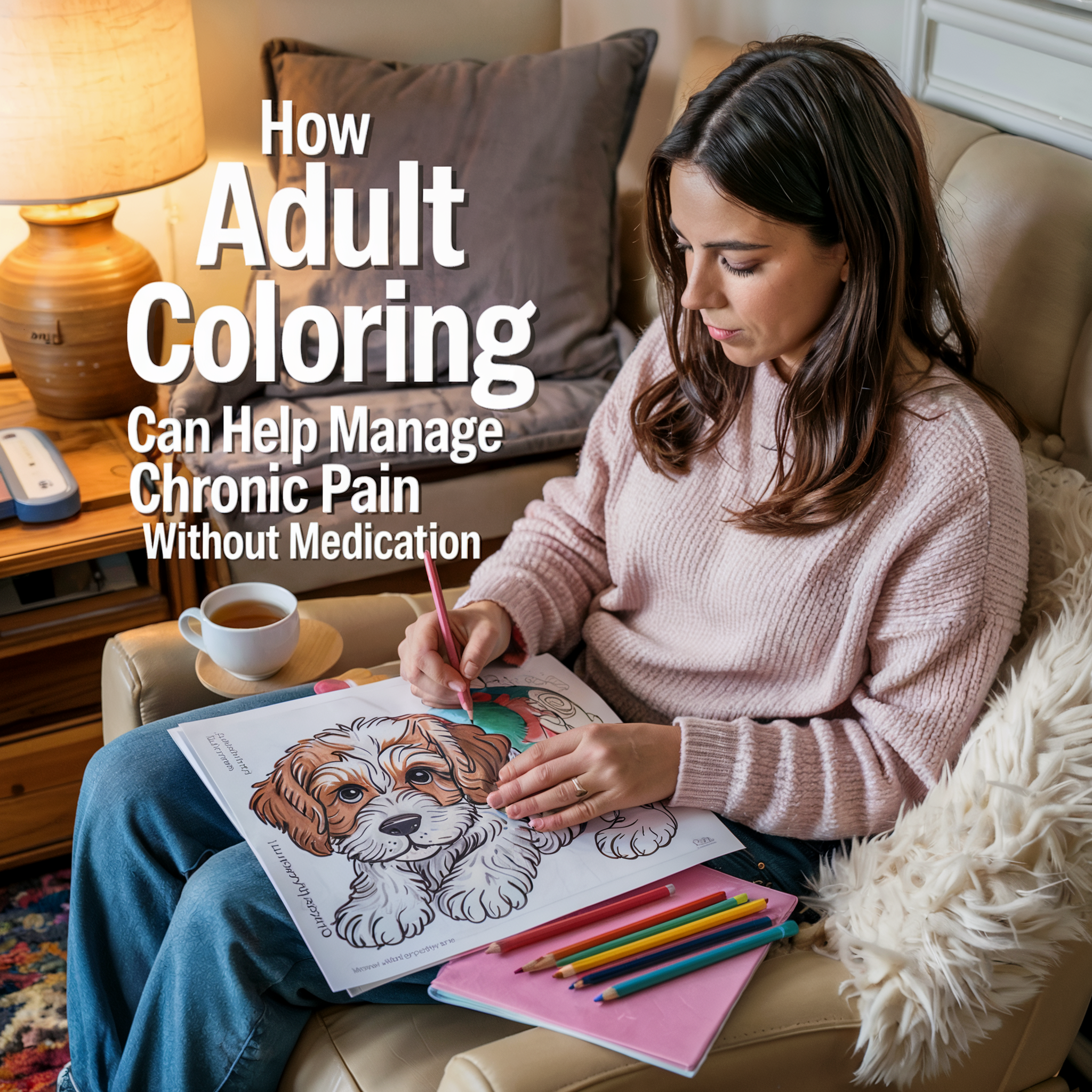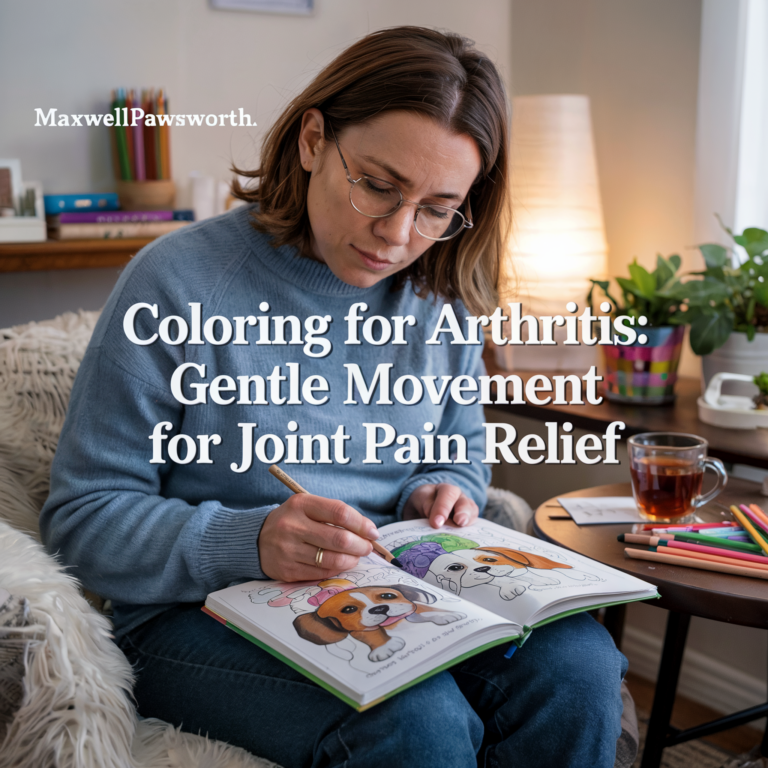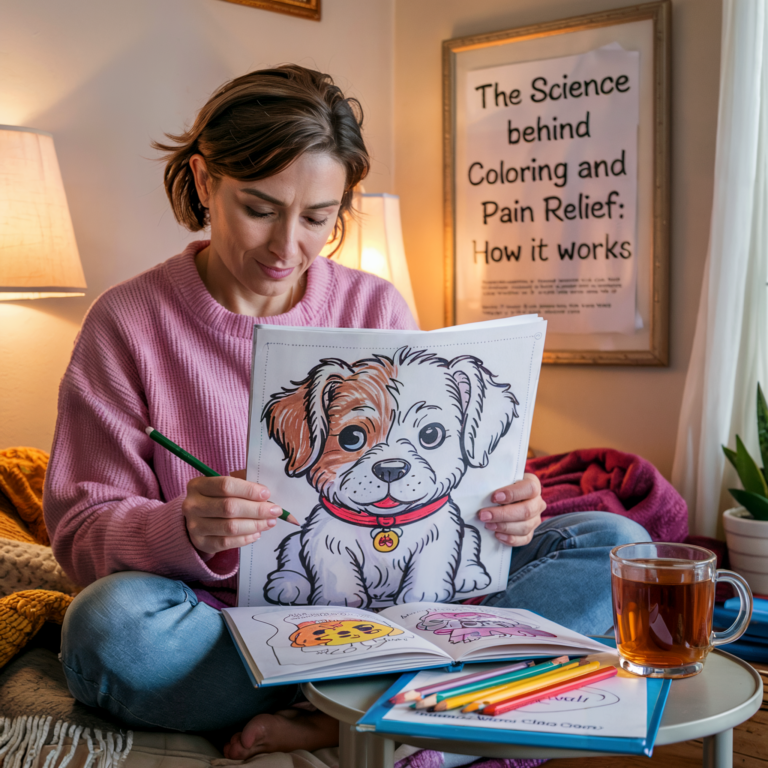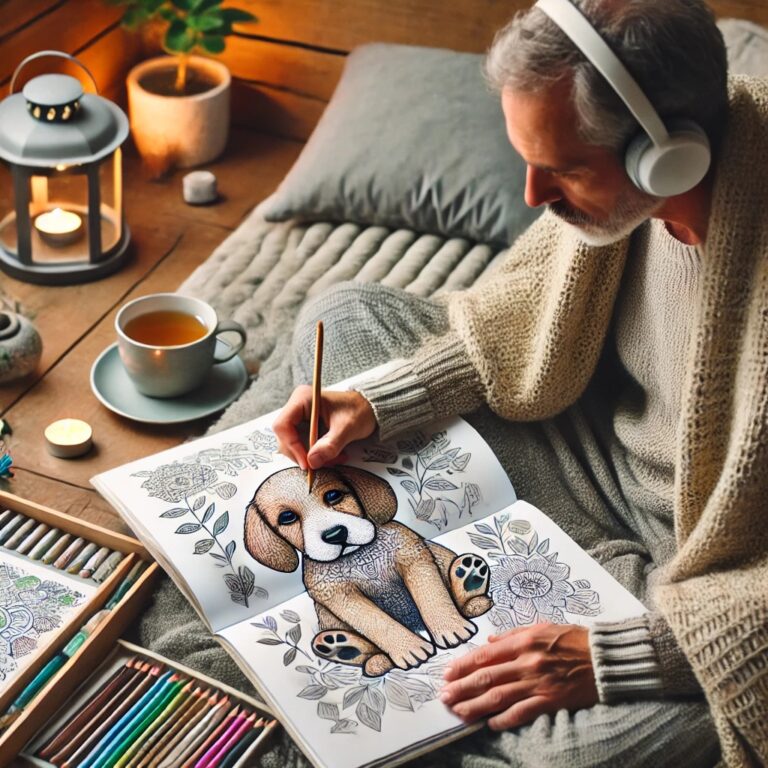Discover a Simple, Effective Way to Reduce Pain and Improve Quality of Life
Living with chronic pain is exhausting. The constant ache, stiffness, and discomfort can wear you down physically and emotionally. While medications can help, they often have side effects, risks, or diminishing effectiveness.
But what if there was a simple, enjoyable way to manage chronic pain without medication?
That’s where adult coloring comes in.
More than just a relaxing hobby, coloring has been shown to reduce stress, distract from pain, and promote mindfulness. It’s a natural and creative way to support your pain management plan from the comfort of your home.
This blog will explore how adult coloring can help manage chronic pain without medication, backed by science and real-world experience.
Understanding Chronic Pain and Its Impact
Chronic pain isn’t just a physical experience. It can affect every part of your life.
You may deal with:
- Emotional distress – Anxiety, depression, or frustration
- Cognitive challenges – Brain fog, trouble concentrating
- Sleep disturbances – Difficulty falling or staying asleep
- Social isolation – Missing out on activities you enjoy
Over time, these effects build up, making it harder to manage daily tasks. While pain medications offer relief, they don’t address the emotional toll of chronic pain.
That’s why a holistic approach that includes relaxation, distraction, and creativity can be a game-changer.
Why Coloring Helps Manage Chronic Pain Without Medication
1. Coloring Reduces Stress and Lowers Pain Perception
When you’re stressed, your body releases cortisol. High levels of this stress hormone can increase pain sensitivity.
Coloring activates the brain’s relaxation response. As you focus on choosing colors and filling in patterns, your heart rate slows, your muscles relax, and your cortisol levels drop.
✔️ Lower stress means less pain.
2. Coloring Distracts the Brain from Pain Signals
Pain often demands your full attention. But when you color, your brain shifts focus to the creative task.
This distraction reduces the intensity of pain signals, creating what scientists call a “pain gate” effect. By occupying the brain with enjoyable activities like coloring, pain has less space to dominate your thoughts.
✔️ A busy mind is a less painful mind.
3. Coloring Promotes Mindfulness and Emotional Regulation
Chronic pain often brings a flood of negative thoughts. “Will this ever get better?” “Why me?” These thoughts can increase tension and worsen pain.
Coloring encourages mindfulness—the practice of staying present without judgment. Your mind slows as the colors fill the page, and anxious thoughts lose grip.
✔️ More mindfulness, less suffering.
4. Coloring Stimulates the Brain’s Reward System
Coloring triggers the release of dopamine, the brain’s “feel-good” chemical. Each choice of color and completed section provides a slight sense of accomplishment.
This boost in mood can reduce your perception of pain and increase feelings of resilience.
✔️ More dopamine, more joy.
5. Coloring Improves Sleep Quality
Pain often worsens at night, making restful sleep difficult. But the calming effects of coloring can help you wind down before bed.
Spending just 20 minutes coloring in a quiet space can promote relaxation, ease muscle tension, and improve sleep quality.
✔️ Better sleep means better pain management.
How to Use Coloring as Part of Your Pain Management Plan
Ready to try it for yourself? Here’s how to make coloring a helpful part of your daily routine.
1. Choose the Right Coloring Book
For pain relief, choose designs that feel relaxing, not overwhelming.
Look for:
- Simple patterns if pain affects your concentration
- Nature or animal themes for added joy
- Bold lines and large shapes for easy filling
At MaxwellPawsworth.com, our puppy-themed coloring books are perfect for stress relief and gentle distraction.
2. Create a Comforting Space
Set up a space that supports relaxation.
✔️ Use a supportive chair or prop yourself up with pillows.
✔️ Adjust lighting to reduce eye strain.
✔️ Keep a heating pad or blanket nearby for added comfort.
✔️ Play soft music or nature sounds for a soothing atmosphere.
3. Color Mindfully
Engage all your senses as you color. Notice the texture of the paper, the smooth glide of the pencil, and the gentle movement of your hand.
✔️ Take slow, deep breaths as you color.
✔️ Focus on the colors and patterns.
✔️ Let go of judgment—there’s no wrong way to color.
4. Set a Gentle Routine
Coloring is most effective when practiced regularly. Try:
✔️ 10–20 minutes daily as part of your morning or evening routine.
✔️ Coloring during flare-ups for relief and distraction.
✔️ Using it before bedtime to relax your body and mind.
5. Track How You Feel
Notice how you feel before, during, and after your coloring sessions. Do you feel calmer? Is your pain less noticeable?
Keeping a simple journal can help you see patterns and track your progress.
Why Coloring Is a Sustainable, Drug-Free Pain Management Tool
Unlike medication, coloring has no adverse side effects. It’s low-cost, accessible, and adaptable to your needs.
It also empowers you. Instead of feeling helpless in pain, you’re taking an active role in your healing. Every completed page is a reminder of your resilience.
Final Thoughts
Chronic pain may be part of your life, but it doesn’t have to define it. You can reclaim moments of peace, joy, and creativity with tools like coloring.
If you’re ready to see how adult coloring can help manage chronic pain without medication, explore our relaxing, puppy-themed coloring books at MaxwellPawsworth.com.
One page at a time, you can color your way to comfort.
Stay Connected with Maxwell Pawsworth! 🐶✨
Love cozy coloring adventures? Join the Maxwell Pawsworth Newsletter for exclusive updates, sneak peeks at new releases, and special surprises! 🖌️🎨
📩 Sign up today and never miss a page! Click HERE to join.







